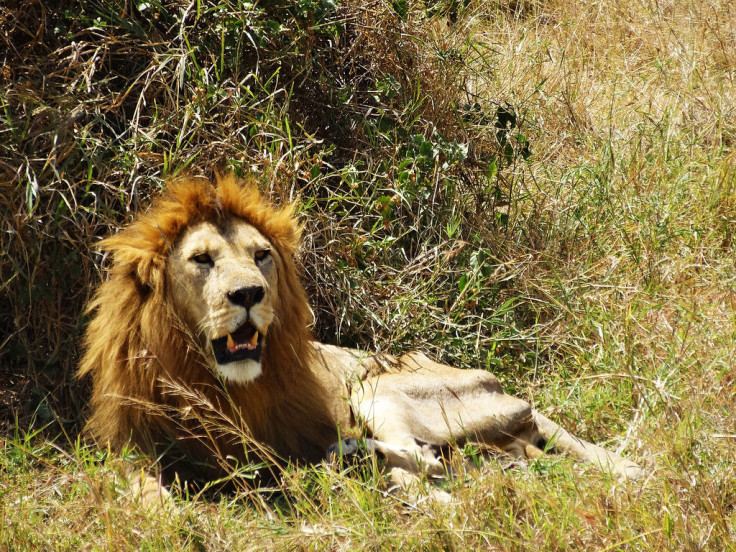Kenya's Masai Mara: Humans and lions in Serengeti can coexist through community conservation

Humans and lions can successfully coexist through community conservation programmes, a study of Kenya's Masai Mara region has shown. With significant declines in lion populations across Africa, researchers were looking at what interventions can lead to people to live alongside lions without conflicts.
A study published in the Journal of Applied Ecology examined the impact community conservancies had on areas where lions and humans overlap, to assess their effectiveness and understand what effect they have on lion populations.
Lions are regularly killed by humans they live alongside because of attacks on livestock and or people. While trophy hunting is controlled by authorities, the killing of lions by local people is not.
Community conservancies are privately protected areas that engage the local community in ecotourism and wildlife management. Income from tourism is distributed to local people. However, evidence of how effective these programmes are at conserving large carnivores, such as lions, was unknown.
Scientists from the University of Glasgow spent five years assessing lion numbers by observing individuals through their whisker-spot patterns. Data showed that between 2008 and 2013, lion numbers were 2.6 times higher than had been reported in 2003. Survival rates were also highest among lions living in central regions of the conservancies.

Findings showed settlements that were not members of the conservancy, but still came into contact with prides, had a "large negative effect on female survival". They accounted for a 37% variation on survival (from the lions being killed, as opposed to natural causes). In contrast, settlements within the conservancy had no impact on lion survival.
The team say the study shows community conservancies are an effective strategy for the future protection of lion populations because it results in a change in attitude towards these predators. Laurence Frank, director of Living With Lions, adds: "Due to rapid human population growth, wildlife has been in free-fall across most of Africa. Only local people can reverse the downward spiral, and this study shows that profits from tourism can motivate rural people to tolerate rather than eliminate wild animals."
Grant Hopcraft, corresponding author on the paper added: "The most important finding in this study is that community conservancies are a viable way to protect wildlife and pose an alternative solution to building fences. If we are concerned about the population of lions, we need to let the people who actually live with the lions benefit from their existence."
© Copyright IBTimes 2025. All rights reserved.






















